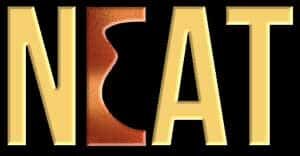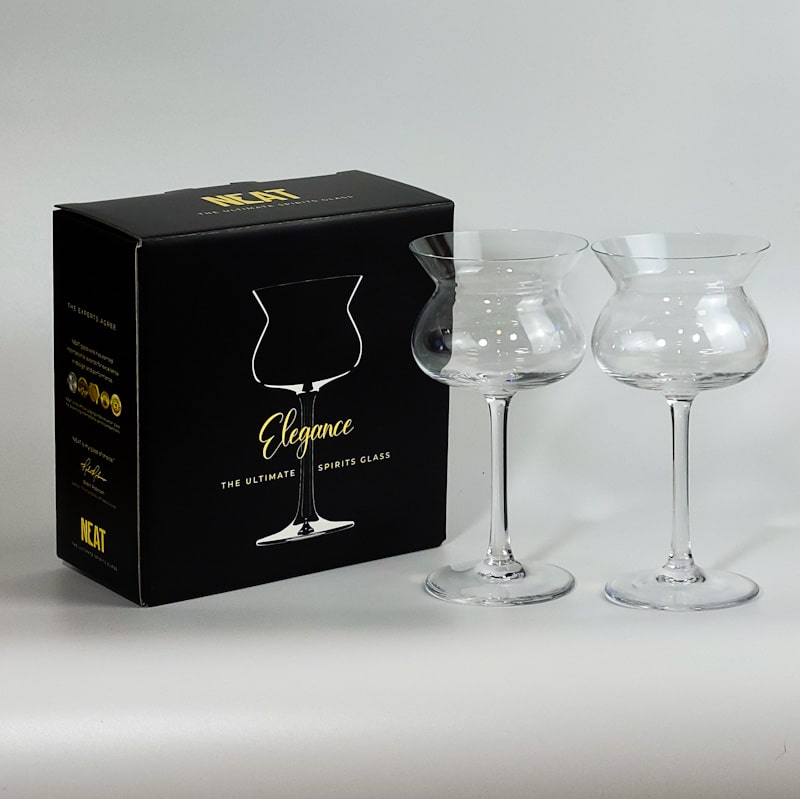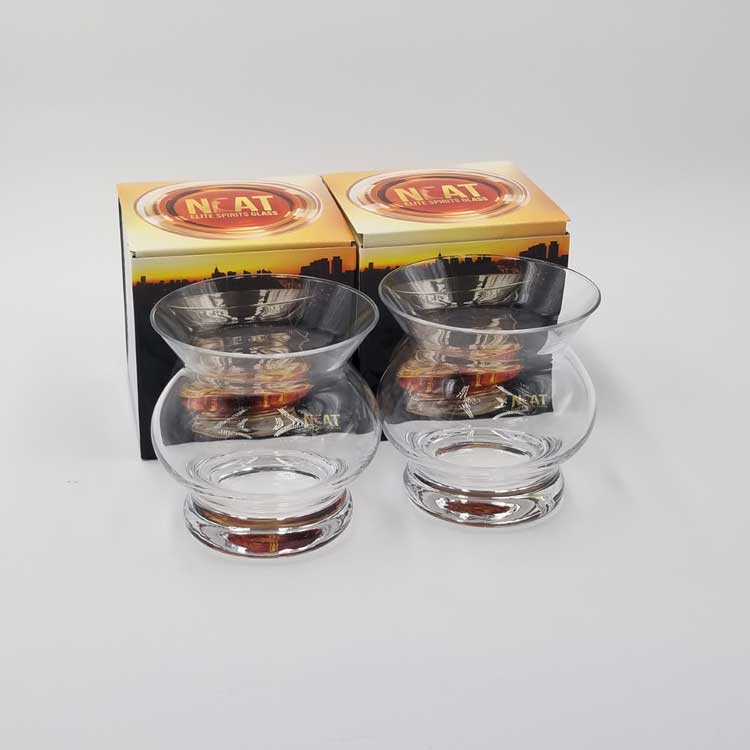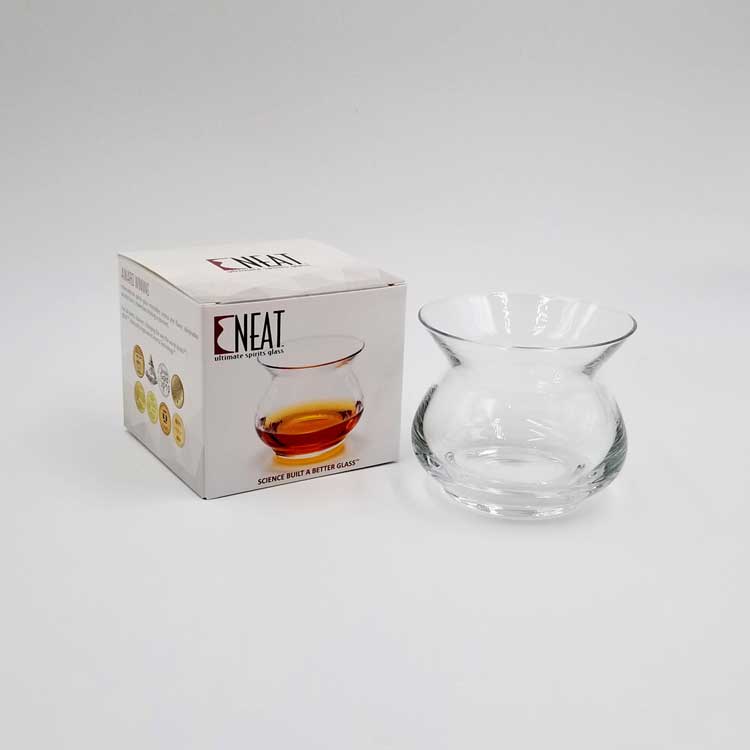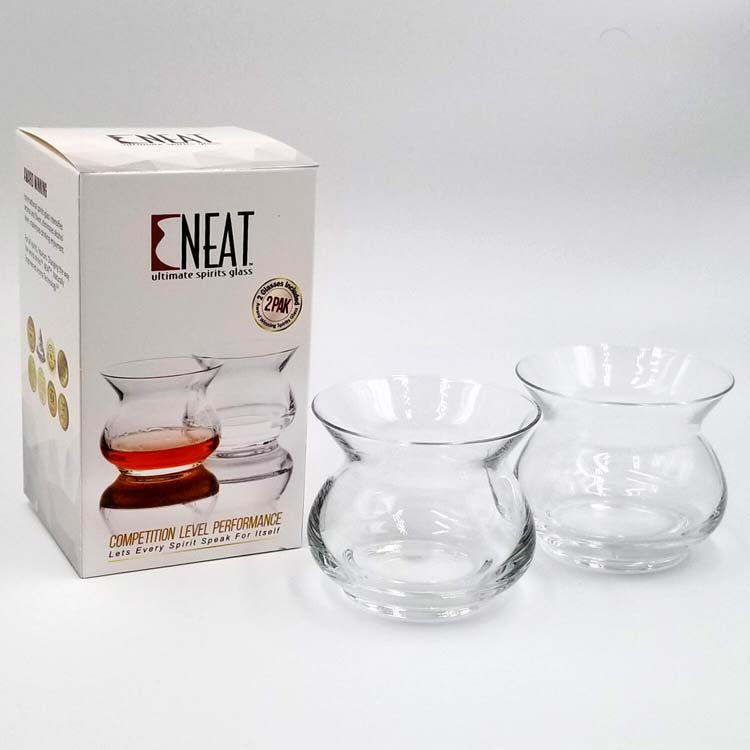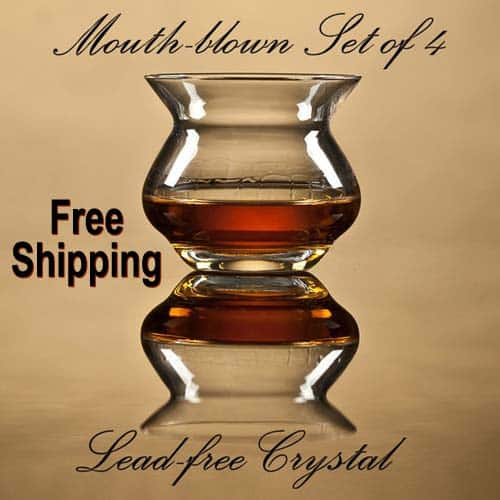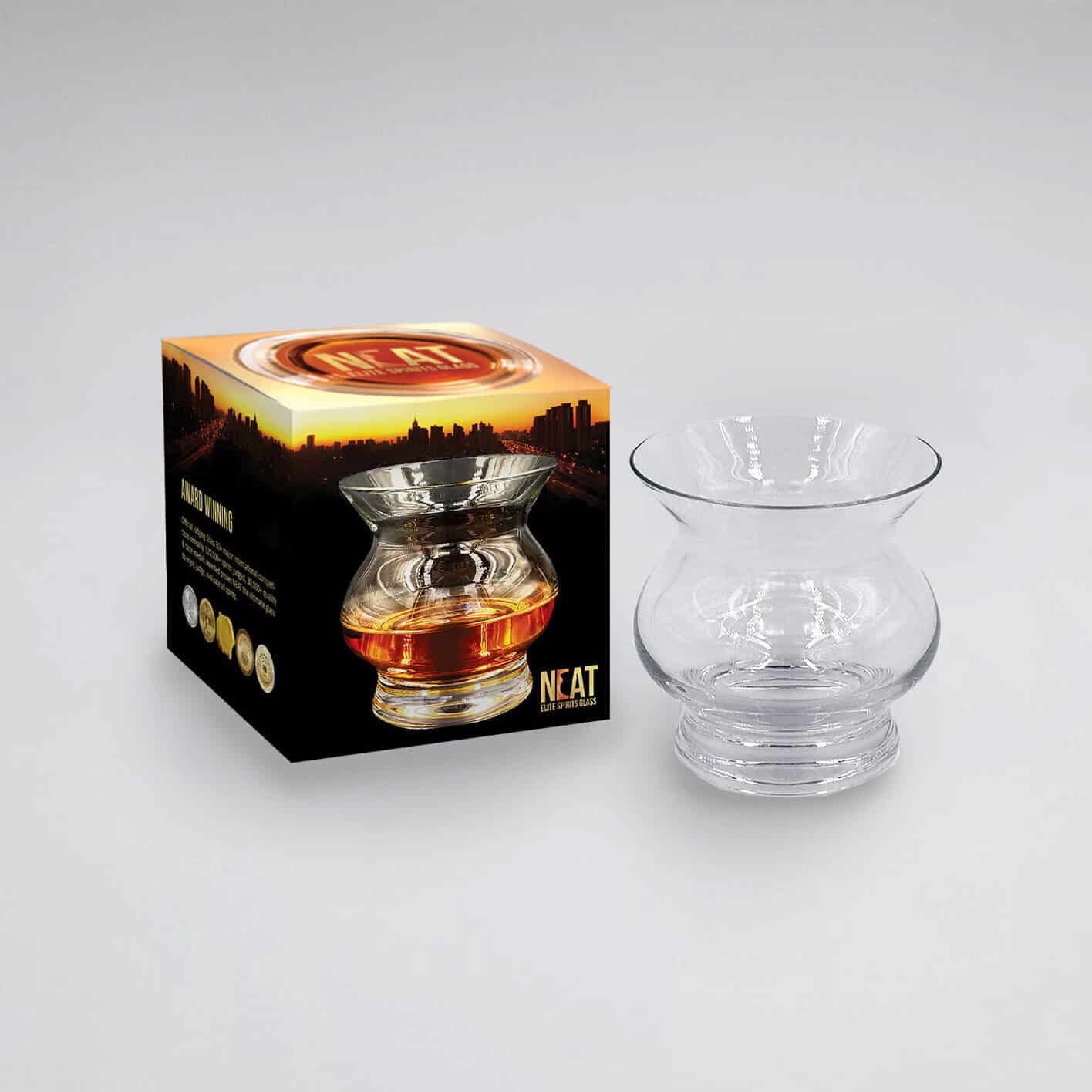
How Our New Concept Improves a Professional Sensory Approach
One final discussion regarding the choice of an evaluation glass before we address more key issues important to being a competent evaluator and bust a few more myths along the way.
The approach taken with this academy is an “in-between” approach which provides the practical, useable knowledge necessary to get a personal, competent, and confident handle on spirits evaluation, far ahead of those who just sniff and comment, yet stop short of the highly disciplined processes used by professional sensory evaluation companies, who have perfected the science to eliminate testing biases through application of statistical disciplines to ensure high confidence levels in taste and aroma profiles before release.
In the three “Choosing a Glass” presentations, we discussed science and engineering in great depth because we believe any serious evaluator must understand where aromas can be found in each type of glass. Additionally, effective evaluators must be aware of the overwhelming numbing effects of ethanol, and the risks associated with each type of glass design. Since ethanol anesthesia gives no warning, evaluators can be tricked by experiential memory evaluation into “finding” aromas that are not present in the sample. These findings are the result of our research since 2002.
In September 2019, an independent professional sensory evaluation company, Sensation Research in Mason, Ohio performed testing to compare different glasses for intensity of aromas and presence of ethanol, and although quite lengthy, a few charts are presented here on glass comparison with scotch as the control beverage. This testing verifies the problems of common glasses and the advantages of the new concept discussed in the previous presentation. The results are similar for Tequila and Cognac. Please note that the sensory-engineered glass is the NEAT glass, a different concept.
The complete study. We highly recommend that you view it to understand more about how professional sensory evaluation companies employ statistics and scientific methodology to take the guesswork out of evaluation and provide consistent results, and also to see the similarities in results regardless of the control beverage used.
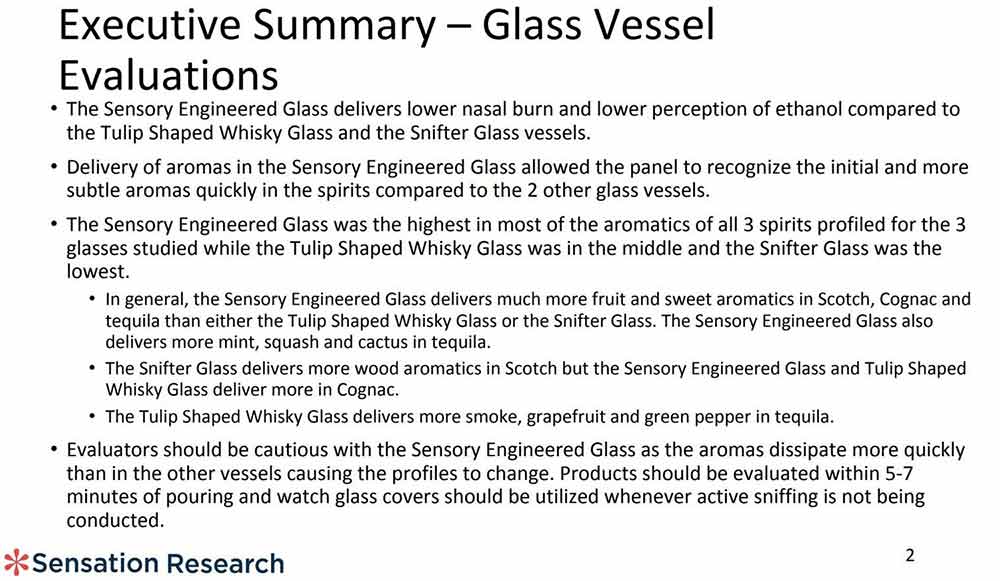
Note the comment regarding the Sensory Engineered Glass (NEAT glass) dissipating aromas quickly, and covering is recommended, as was discussed in an earlier presentation. Subsequent testing by Arsilica, Inc. discovered that after three or more equal successive sniffs of various 40%ABV control spirits, in many cases the evaluator could not identify the spirit in the tulip and snifter, and could still pick up distinct character aromas in the Sensory Engineered Glass, with no failures to identify the spirit among eight panelists.
This is where the NEAT, the Sensory Engineered Glass excels, as other shapes prove to deliver more ethanol than character aromas. Again, ethanol plays a significant role in rapidly thwarting aroma detection. This particular study will be released later in 2020 as part of a new peer-reviewed science journal paper to determine when recognizable ethanol anesthesia occurs. Below you will find the glassware used in the Sensation Research evaluation.
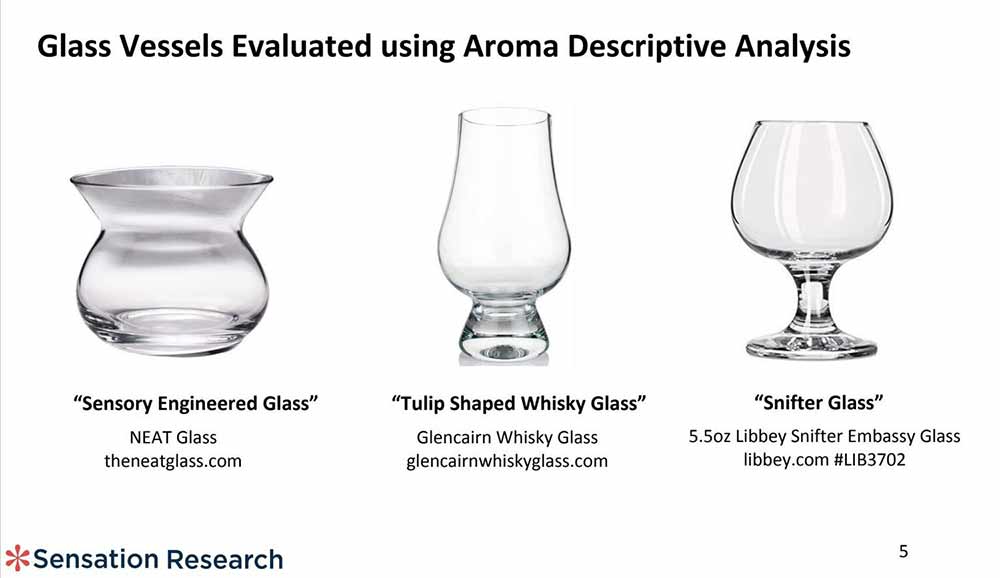
The following chart shows the intensity of various aromas detected from the control scotch beverage; the yellow boxes indicate the highest in attributes, and the light blue indicates the lowest. Nasal burn and ethanol aroma are by far the lowest in the engineered glass, and the summary indicates that character aromas are higher in the engineered glass. As we might suspect from previous presentations, the snifter exhibits more of the heavy aromas along with the highly volatile ethanol due to the cloud effect, as the “weather in the glass” tends to bring these aromas up in a higher intensity, rather than being held down as in the narrow bowl and chimney of tulip-shaped glasses. The tulip fails dismally at displaying subtle character aromas.
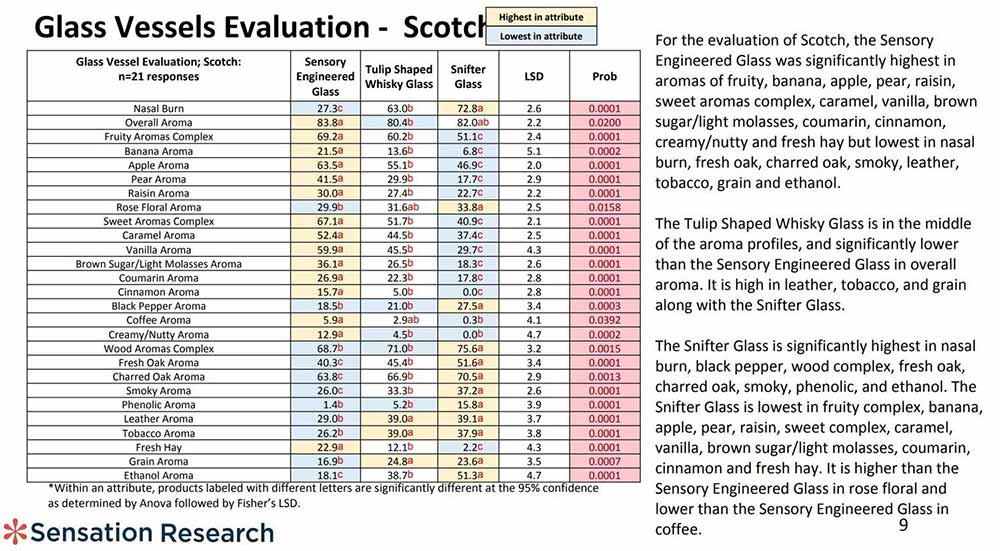
When the results are displayed in a bar graph, the aromas of each glass are compared side-by-side, and the character aroma attributes of the engineered glass become readily apparent.
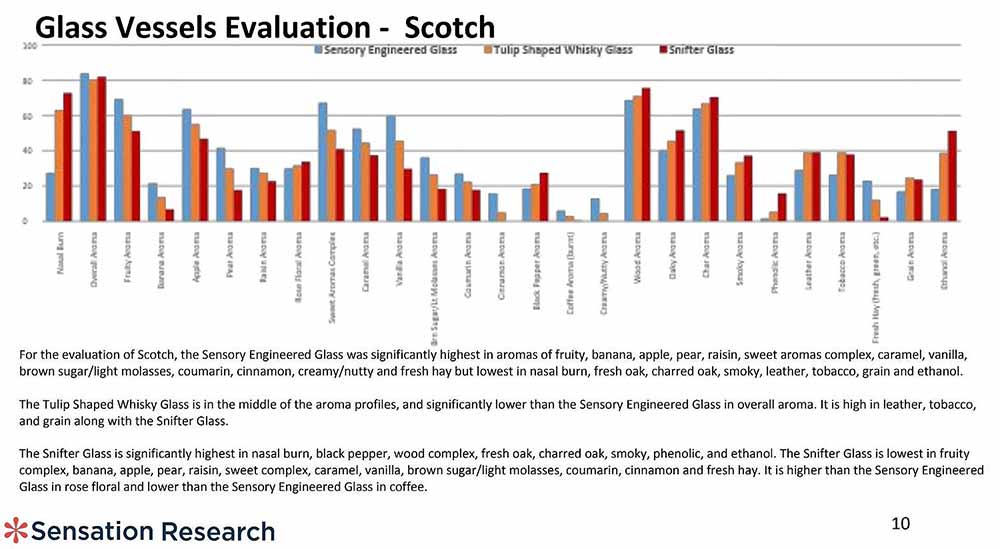
This concludes the glassware portion of the NEAT Spirits Evaluation Academy. Hopefully, we have exploded a few myths regarding glassware superiority and demonstrated that approaching glass design by applying common sense and science results in a far superior diagnostic tool. Read our peer-reviewed research paper.
Drink from whatever glass you wish, but understand exactly why you prefer it, and be aware of the effects of ethanol on your nose. If you are purchasing expensive, high-end collector spirits, it is wise to understand as much about the spirit as possible. For that, you need a functional and efficient diagnostic glass. We recommend NEAT. See the complete study using different spirits. Shop for the best glass to suit your needs now.
In our next presentation, we will discuss how to establish a working vocabulary of aroma descriptions and evaluation terms.
